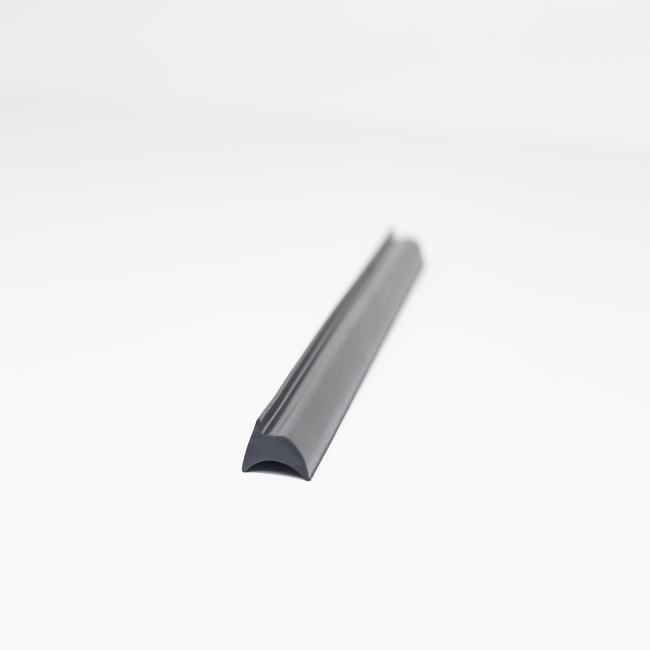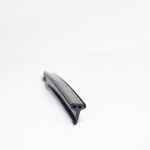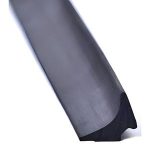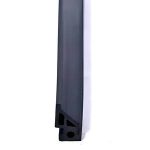Aluminum Rubber: A Comprehensive Overview
Aluminum rubber, also known as rubber-aluminum composite or rubberized aluminum, is a versatile and innovative material that combines the properties of rubber and aluminum. This unique combination results in a material with exceptional mechanical, thermal, and chemical characteristics, making it suitable for a wide range of applications across various industries. In this comprehensive overview, we delve into the key features, manufacturing processes, applications, and benefits of aluminum rubber.
1. Material Composition and Manufacturing: Aluminum rubber is typically composed of two main components: rubber and aluminum. The manufacturing process involves bonding or integrating a layer of rubber or elastomer with an aluminum substrate. There are several methods to achieve this, including:
- Adhesive Bonding: Using specialized adhesives to bond rubber and aluminum surfaces together.
- Extrusion: Combining rubber and aluminum through an extrusion process, where the rubber is molded around an aluminum core.
- Rolling or Laminating: Layering rubber sheets onto aluminum sheets and then applying heat and pressure to create a strong bond.
- Injection Molding: Molding rubber and aluminum into complex shapes by injecting the material into a mold under high pressure.
2. Key Properties and Characteristics:
- Mechanical Strength: Aluminum rubber combines the mechanical strength and durability of aluminum with the flexibility and resilience of rubber. This results in a material that can withstand a wide range of mechanical stresses while maintaining its shape and integrity.
- Thermal Conductivity: Aluminum is an excellent conductor of heat, while rubber is an insulator. The combination of these properties makes aluminum rubber suitable for applications that require both heat dissipation and insulation.
- Chemical Resistance: The rubber component provides resistance to chemicals, oils, and corrosion, making aluminum rubber suitable for environments with exposure to harsh substances.
- Vibration Damping: Aluminum rubber is effective in dampening vibrations, making it useful in applications where vibration control is essential, such as automotive components and machinery.
- Electrical Insulation: The rubber component insulates against electrical conductivity, making aluminum rubber suitable for electrical enclosures and components.
- Weight Reduction: Aluminum rubber offers a lightweight alternative to solid aluminum components while retaining the necessary strength and durability.
- Noise Reduction: It can help reduce noise and vibrations in various applications, contributing to quieter and more comfortable environments.
3. Applications: Aluminum rubber finds application in a wide array of industries and sectors:
- Automotive: It is used in gaskets, seals, suspension components, and vibration-damping parts.
- Electronics: Aluminum rubber is employed in heat sinks, electronic enclosures, and electrical insulation.
- Aerospace: The material is used in aircraft components for its lightweight and high-strength properties.
- Construction: It finds use in architectural elements, seals, and structural components.
- Industrial Equipment: Aluminum rubber is utilized in machinery, conveyor systems, and manufacturing equipment.
- Marine: In marine applications, it is employed for seals, gaskets, and corrosion-resistant components.
- Energy Sector: It is used in heat exchangers, electrical enclosures, and renewable energy systems.
4. Benefits:
- Versatility: Aluminum rubber’s diverse properties make it adaptable to a wide range of applications.
- Weight Savings: It allows for weight reduction in applications where weight is a critical factor.
- Durability: The material is known for its long service life and resistance to wear and tear.
- Cost-Effective: Aluminum rubber can provide cost savings compared to solid aluminum components in certain applications.
- Environmental Resistance: It withstands exposure to environmental factors such as temperature variations, moisture, and chemicals.
- Customization: Manufacturers can tailor aluminum rubber components to specific design requirements and shapes.
In conclusion, aluminum rubber is a remarkable material that brings together the best of both aluminum and rubber worlds. Its unique combination of properties makes it an invaluable choice for numerous applications, ranging from automotive and aerospace to electronics and construction. The versatility, strength, and resilience of aluminum rubber continue to drive innovation and advancements in various industries, making it a material of growing importance in modern engineering and manufacturing.






